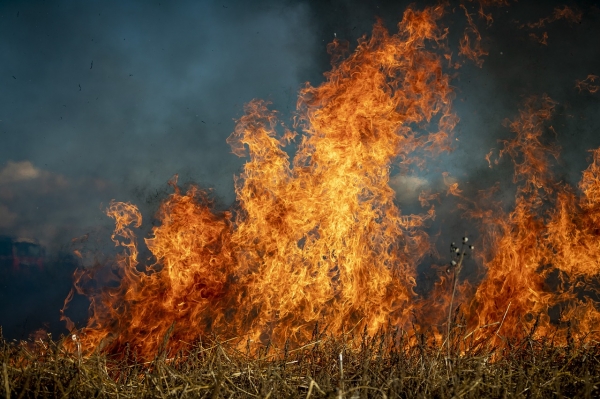Haunting images of the deadly wildfires in August that displaced thousands on Maui and tragically devastated much of the Valley Isle’s historic town of Lāhainā continue to send shockwaves across Hawaiʻi and the globe.
Haunting images of the deadly wildfires in August that displaced thousands on Maui and tragically devastated much of the Valley Isle’s historic town of Lāhainā continue to send shockwaves across Hawaiʻi and the globe.
University of Hawaiʻi at Mānoa wildfire expert Clay Trauernicht connects the unprecedented wildfires on Maui and parts of Hawaiʻi Island to an intense combination of factors such as powerful winds, extremely low humidity and underlying drought. However, Trauernicht, who is an extension specialist in ecosystem fire in the UH Mānoa College of Tropical Agriculture and Human Resources Department of Natural Resources and Environmental Management, explains why the flammability of Hawaiʻi’s landscapes has drastically increased.
“Land that was once used for agriculture is now more commonly utilized for residential communities which elevates chances for wildfires. What happens is tropical grasses or shrubs from across the world that thrive in fires take over. Non-native grasses like guinea grass and haole koa significantly increase fire potential,” Trauernicht explained.
Read more at University of Hawaii at Manoa
Photo Credit: fish96 via Pixabay






